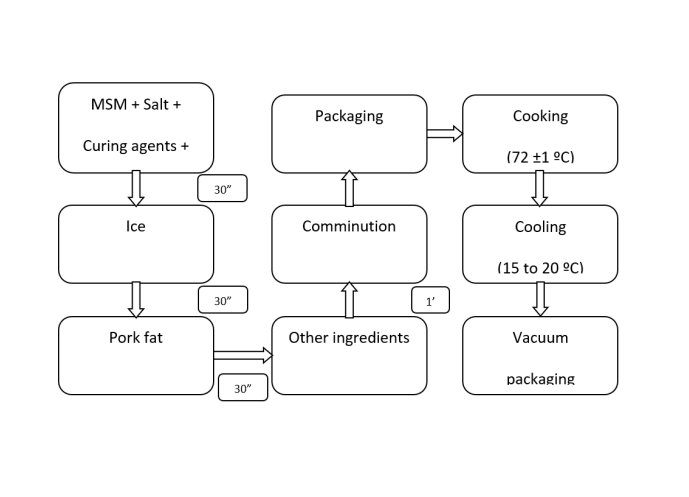
More articles from Vol 77, Issue 2, 2023
Overview of non-invasive sampling methods used in intensive swine farming
Overview of non-invasive sampling methods used in intensive swine farming
By
 ,
,
Institute of Veterinary Medicine of Serbia,
 ,
,
Institute of Veterinary Medicine of Serbia,
 ,
,
Institute of Veterinary Medicine of Serbia,
 ,
,
Institute of Veterinary Medicine of Serbia,
 ,
,
Institute of Veterinary Medicine of Serbia,

Institute of Veterinary Medicine of Serbia,
Published: 01.12.2022.
Medicine
Journal name 2022, 11(2);
pp. 26-36;
Abstract
Citation
Copyright
This is an open access article distributed under the Creative Commons Attribution License which permits unrestricted use, distribution, and reproduction in any medium, provided the original work is properly cited.
Article metrics
Article views
The statements, opinions and data contained in the journal are solely those of the individual authors and contributors and not of the publisher and the editor(s). We stay neutral with regard to jurisdictional claims in published maps and institutional affiliations.



